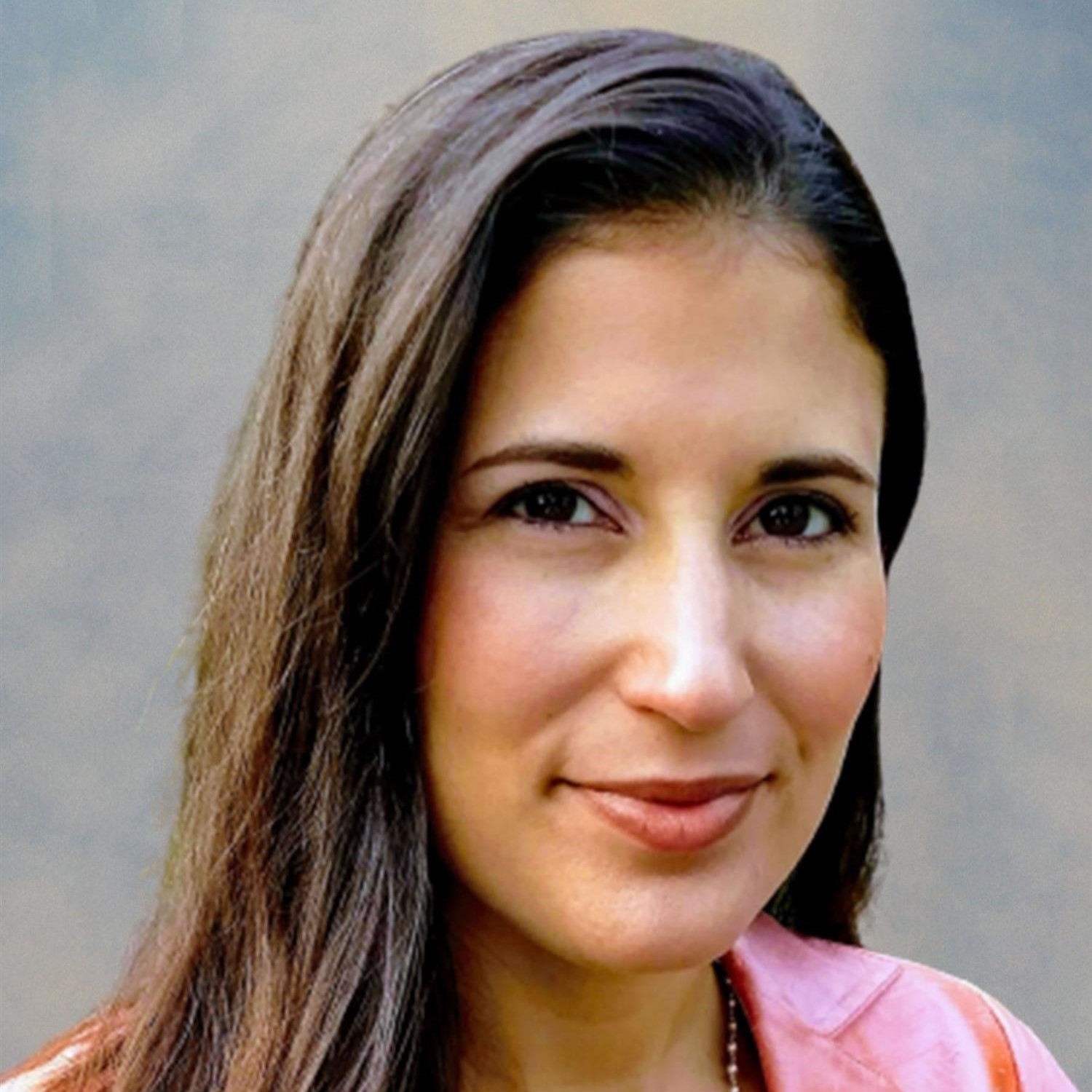
Every day, the number of students who are multilingual in U.S. public schools increases. In schools where most of the student body is linguistically and racially diverse, it’s incredibly influential to have similar leaders who can relate to unique student needs. Not only does it create connection from leaders to students, but it embodies a genuine effort to create an equitable education space. Why is this important? Here are four reasons:
- An Instant Fan Club: Students see themselves in their leaders.
“¡¿Hablas español?!” Those were the very first words a third-grade student asked me when I introduced myself as her new principal. When I shared that I speak Spanish, her smile widened, and she shared the news with every Spanish speaker around her. She couldn’t believe that her new principal spoke her language and was Latina, like her. When students see themselves in their leaders, they dare to aspire and dream. It’s one thing to be told you can be a leader (which isn’t something our linguistically and racially diverse students often hear), but when someone who looks and sounds like you is the leader, the dream becomes tangible!
- I Can Do It: Leaders see themselves in their students.
As a bilingual Latina leader, when I see students who look or sound like me, I see myself in them. I see myself in that quiet student with the shy smile and in that engaged student who asks all the questions. I might be from Puerto Rico while my students are from Kosrae, Afghanistan or Somalia, but there’s something in our shared experiences and humanity that connects us. This kinship has inspired my mission to help every student grow as a leader and scholar in a community that dismantles systems of oppression and nurtures our shared humanity. If I could do it, (learn to read, become a leader, etc.) my mini-me students can do it, too!
- Like Leader, Like Student: It raises the bar for all educators.
Linguistically and racially diverse educational leaders have a unique perspective. They can break down systems of oppression and guarantee equity by ensuring that all educators bring rigor and high expectations for their students. This includes creating an asset-based culture that changes the narrative from “these students can’t speak English” to “our students are multilingual global citizens and scholars.” By raising the bar and banishing excuses for why students can’t, linguistically and racially diverse educational leaders personify the very reason why students can.
- Bridging the Divide: Leaders forge trusting relationships with families.
Linguistically and racially diverse educational leaders help bridge the divide between school and home. There is something to be said about being able to communicate directly with someone who understands your language and culture. Interpersonal communication is a challenging skill for many. Add to that the complexity of communicating in another language. Much can be lost in translation. While it’s not my job to serve as an interpreter for Spanish-speaking families, it is an honor for me to forge trusting relationships with them through the beauty of our language.
The best way to create a supportive environment for linguistically and racially diverse students is to provide them with access to adults who look and speak like them. So, school district leaders, hire more linguistically and racially diverse leaders. Make sure you develop a plan to support them after the onboarding process is complete – a sense of belonging is as important to adults as it is to students. And if you’re currently a linguistically and racially diverse educator, look into what you need to make a bigger impact by becoming an educational leader. Education needs you, and so do your students. You are who your students have been waiting for!
Grow your impact in the classroom with an education program at American College of Education.

